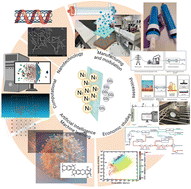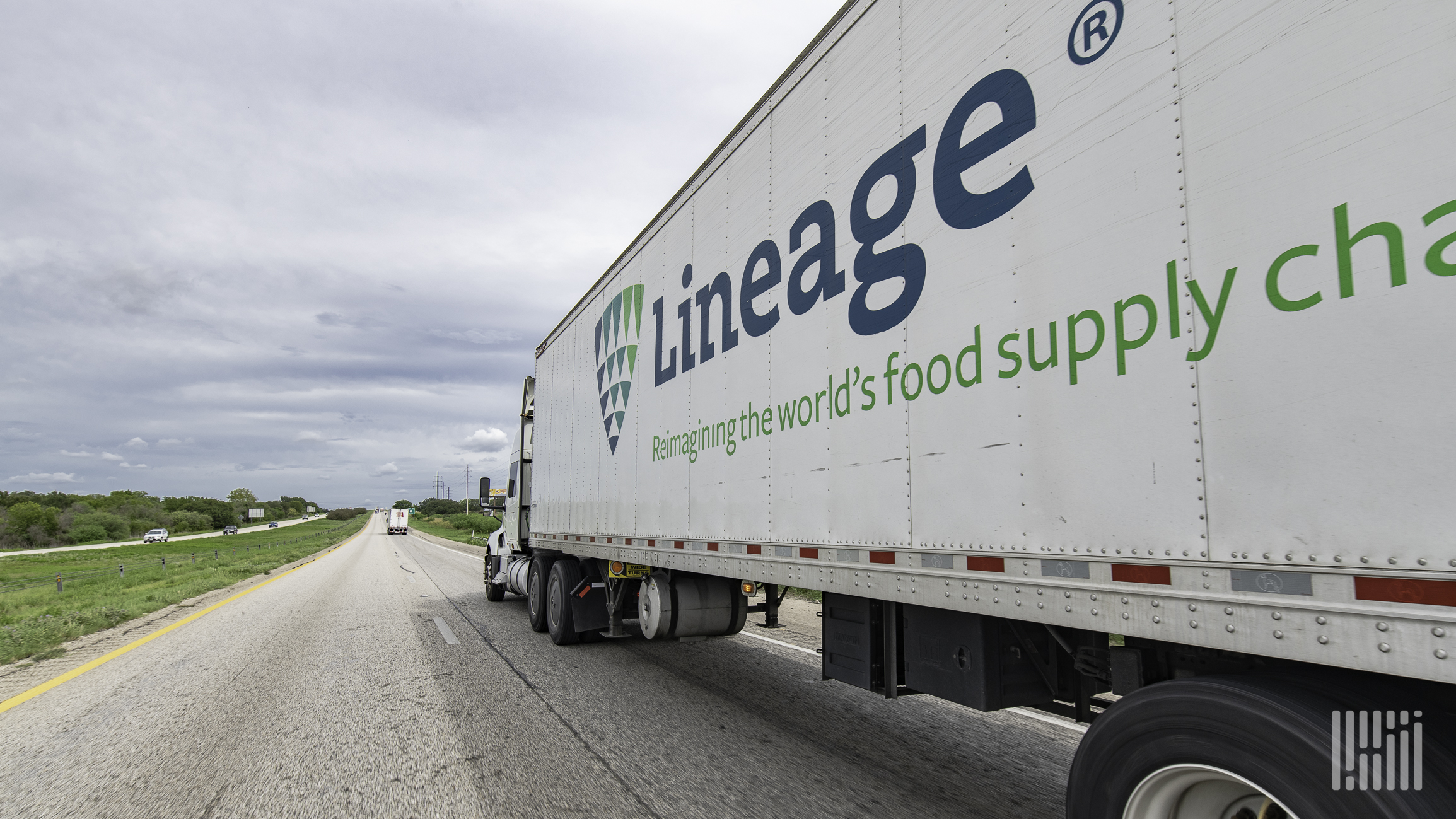Fraud flowers in April showers
This week: We examine freight fraud stats and close the case on some stolen vehicles. The post Fraud flowers in April showers appeared first on FreightWaves.

The Transportation Intermediaries Association’s (TIA) April 2025 Fraud Report, the second in its ongoing series, delivers a powerful message this week: Freight fraud is escalating in both volume and complexity, and even the most vigilant companies are struggling to keep pace.
Based on six months of the company’s Watchdog platform data and a member survey conducted in early 2025, the report paints a detailed picture. While the industry has made strides in prevention, fraudsters continue to innovate by leveraging identity theft, document manipulation and insider knowledge to infiltrate freight networks.
Cargo theft continues to be the most financially damaging type of fraud. TIA cites National Insurance Crime Bureau figures that peg total cargo theft losses at up to $35 billion annually, with a 1,500% increase in reported incidents since 2021. But in terms of frequency, unlawful brokerage has emerged as the No. 1 threat. These scams, in which criminals pose as legitimate brokers or carriers to hijack loads or payments, accounted for 402 reported incidents in just six months.
Identity theft and spoofing also remain prevalent, with 42% of respondents citing them as their most common fraud experiences. The combination of these tactics has made it increasingly difficult for even the most experienced logistics professionals to separate real from fake.
Among the most harrowing case studies is that of Shine Logistics. Despite verifying a carrier’s 95/100 rating and insurance credentials, the company lost nearly $300,000 in cargo when criminals used a leased truck under false pretenses and hijacked a legitimate identity. The load, artificial nails, was transloaded and vanished without a trace. Insurers refused coverage, and the criminals walked away untouched.
In another case, Victor Louis of One Logistics Network traced a stolen aluminum shipment back to an international crime ring. His efforts to alert authorities were largely dismissed, exposing another deep vulnerability: Law enforcement often treats freight fraud as a civil matter, even when international actors and coordinated deception are involved.
Fraud is not evenly distributed across the country. Texas (19%) and California (14%) are the two leading states where fraud originated, followed by South Carolina and Washington. These are key freight hubs, making them prime targets for organized fraud rings.
As for what’s being stolen? High-value, low-traceability items top the list: Household goods (23%), electronics and appliances (15%), and frozen foods (9%) are the most commonly targeted commodities.
The financial impact is jaw-dropping. Nearly one in four survey respondents reported losses of over $200,000, while more than half said they lost at least $10,000.
But it’s not just the theft, it’s also the time. Sixty-five percent of companies said they spend more than two hours per day on fraud prevention, and 37% spend that much time responding to incidents.
TIA’s data shows that nearly all companies surveyed (94%) are actively investing in fraud prevention. These efforts include everything from multisource carrier verification and real-time tracking to internal Do Not Use lists and strict protocols for high-value loads. However, prevention comes at a steep cost: 51% of respondents reported spending between $5,000 and $100,000, and 10% spent more than $200,000 in the past six months alone.
The Watchdog platform has also become a critical tool. The 1,611 fraud incidents reported between September 2024 and February 2025 is a 65% increase over the previous period.



























































































































































